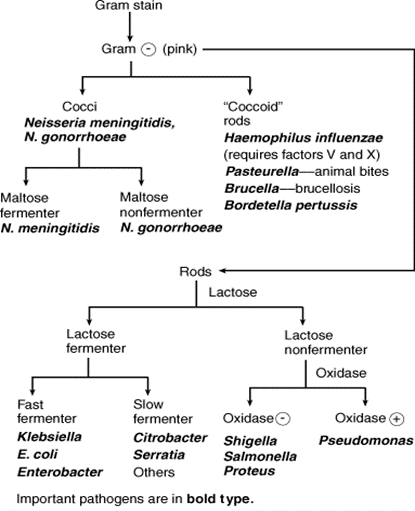Apple is one of the most grown fruits worldwide. The scientific name of an Apple is Malus domestica Borkh. It is rich in vitamins C&E, zinc, iron, and polyphenols. This is the reason why “An apple a day keeps Doctor away” is popular among. It helps to mitigate chronic disease and nutrient deficiencies in human body.
Why are apples coated with wax?
Apples are coated with Edible wax to improve their appearances. It also helps to preserve food quality, reduce moisture, prevent contaminations from pathogens, and extend shelf life. Shellac resin and Carnauba wax are commonly used edible wax on apple.
Is Edible wax safe to consume?
Some research papers claim that edible wax is not harmful to human, and it plays a vital role to prevent food waste. The coating done in post-harvest methods help to increase shelf life. However, most consumers reject wax coated apple thinking that it may cause health issues by consuming it.
How to consume wax coated apple?
Some people rinse an apple with warm water to get rid of wax before consuming. You can also use vinegar water to remove the wax. By peeling you can remove both wax and skin of an apple.







